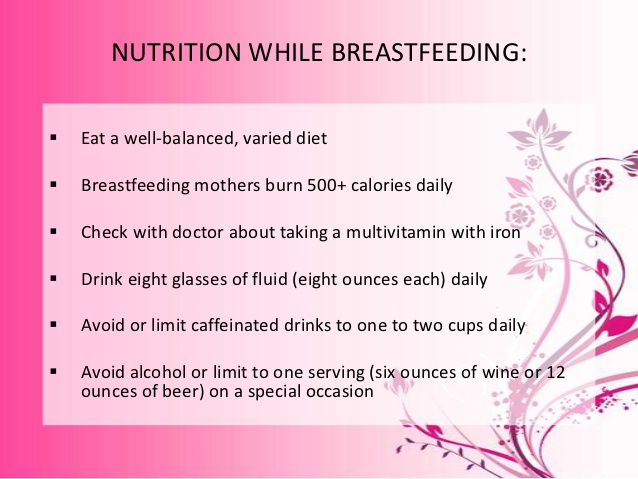বাংলাদেশের শিক্ষিত পরিবারগুলোতেও দেখা যায় বিভিন্ন ধরণের কুসংস্কারের প্রচলন।
তাদের মাথার ভেতরে এসব প্রথা এমনভাবে গেঁড়ে বসে আছে যে, গর্ভবতী মা এবং অনাগত শিশুর ক্ষতি হতে পারে জেনেও তারা এগুলো মেনে চলার ওপরে জোর দেন। এর ফলে দীর্ঘস্থায়ী ক্ষতি হয়ে যায় মা এবং শিশু উভয়েরই। এমনকি মৃত্যুও হতে দেখা যায় অনেক সময়ে। অন্য কিছু কুসংস্কার আছে যেগুলো তেমন ক্ষতিকর না হলেও নিতান্তই হাস্যকর। আসুন দেখে নেই এমন কয়েকটি কুসংস্কার।
১) খাদ্যভ্যাস–
গর্ভবতী মা কি খেতে পারবেন আর কি খেতে পারবেন না তা নিয়ে রয়েছে প্রচুর কুসংস্কার। খাসির মাংস খেলে বাচ্চার শরীরে লোম বেশি হবে, সামুদ্রিক মাছ খেলে ক্ষতি হবে, জোড়া কলা খেলে যমজ বাচ্চা হবে, বেশি খাবার খেলে বাচ্চা বড় হয়ে জন্মদানের সময়ে ক্ষতি হবে ইত্যাদি। সামুদ্রিক মাছের ক্ষেত্রেও একি কথা বলা যায়। উপরন্তু এতে থাকে খুব উপকারি ওমেগা-৩ ফ্যাটি এসিড যা বাচ্চার মস্তিষ্ক গঠনে গুরুত্বপূর্ণ ভুমিকা রাখে।
2) চাঁদ-সূর্যের অবস্থান–
চন্দ্র-গ্রহণ, সূর্যগ্রহণ, ঠিক দুপুরবেলা, সন্ধ্যাবেলা, মাঝরাত এসব সময়ে বাইরে বের হওয়া যাবে না এগুলো ঠিক নয়। তবে এই সময় সালাত ও দোয়া পড়ার কথা এসেছে।
৩) বাচ্চার লিঙ্গ-
বাচ্চা মেয়ে হবে না ছেলে হবে, এটা ডাক্তারি পরীক্ষা ছাড়া বলতে পারা যায় না। অথচ আমাদের দেশে কিছু প্রচলিত ধারণা আছে- বাচ্চা ছেলে হলে মায়ের চেহারা খারাপ হয়ে যাবে।বাচ্চা মেয়ে হলে চেহারা উজ্জ্বল হয়ে যাবে। এইধরনের কথা ও বিশ্বাস থেকে দূরে থাকা দরকার।
আর আরেকটি খুব প্রচলিত এবং ক্ষতিকর কুসংস্কার আছে। তা হলো- বাচ্চা ছেলে হবে না মেয়ে হবে তার পুরো দায় মায়ের। একেবারেই ভুল কথা। বাচ্চার লিঙ্গ সম্পূর্ণভাবে নির্ভর করে বাবার ওপরে। বাবার শরীর থেকে আসা শুক্রাণুর মাধ্যমেই নির্ধারিত হয় বাচ্চা ছেলে হবে না মেয়ে হবে। আমাদের দেশে মেয়ে সন্তান জন্মালে এখনও মা’কে দোষারোপ করা হয়। আমরা বুঝতে চাই না যে মেয়ে সন্তান জন্ম নেওয়াটা একটা আশীর্বাদ। আমরা এটাও বুঝতে চাই না যে বাচ্চার লিঙ্গ নির্ধারণে মায়ের কোনও হাত নেই।
৪। অনেকে বিভিন্ন ধরনের তাবিজ/সুতা/মাজারে মানত করে থাকেন যা সম্পূর্ণভাবে শিরকের কাজ। ভয়ানক এইসব কর্মকাণ্ড থেকে দূরে থাকে অত্যবশ্যক।
Father’s Genes Responsible For Child’s Sex
১। The trees (above) illustrate how the gene works. It is a simplified example, in which men either have only sons, only daughters, or equal numbers of each, though in reality it is less clear cut. It shows that although the gene has no effect in females, they also carry the gene and pass it to their children.
In the first family tree (A) the grandfather is mm, so all his children are male. He only passes on the m allele, so his children are more likely to have the mm combination of alleles themselves. As a result, those sons may also have only sons (as shown). The grandsons have the mf combination of alleles, because they inherited an m from their father and an f from their mother. As a result, they have an equal number of sons and daughters (the great grandchildren).
In the second tree (B) the grandfather is ff, so all his children are female, they have the ff combination of alleles because their father and mother were both ff. One of the female children has her own children with a male who has the mm combination of alleles. That male determines the sex of the children, so the grandchildren are all male. The grandsons have the mf combination of alleles, because they inherited an m from their father and f from their mother. As a result, they have an equal number of sons and daughters (the great-grandchildren).
২। Father’s Genes Responsible For Child’s Sex
by Sam Savage
A study involving hundreds of years of family trees suggests that a man’s genetic makeup may play a role in whether he has sons or daughters.
Men were more likely to have sons if they had more brothers and vice versa if they had more sisters, according to Newcastle University researchers.
The research, published online in the journal Evolutionary Biology, involved a study of 927 family trees containing information on 556,387 people from North America and Europe going back to 1600.
But scientists say the precise way that genes can influence baby sex is still unclear. But the Evolutionary Biology study could clear up a long-standing mystery – a flood of boy babies after World War I.
A woman will always pass a female “X” chromosome via her egg to her child, but the father effectively “decides” the sex of the child by passing on either another “X” in his sperm, making a girl, or a “Y” chromosome, making a boy.
The birthrate suggests that overall men will deliver equal amounts of “X” sperm and “Y” sperm, but scientists have suspected that in some individual couples the balance is shifted in favor of either boys or girls.
Explanations in the past range from differences in the time in the woman’s monthly cycle when sex happens, to the amount of time that sperm spend waiting in the testicles.
In most countries, for as long as records have been kept, more boys than girls have been born. In the UK and US, for example, there are currently about 105 males born for every 100 females.
However, Dr. Corry Gellatly’s study shows strong evidence that there is a genetic component.
“The family tree study showed that whether you’re likely to have a boy or a girl is inherited. We now know that men are more likely to have sons if they have more brothers but are more likely to have daughters if they have more sisters. However, in women, you just can’t predict it,” Gellatly explains.
It was likely that a genetic difference affected the relative numbers of “X” and “Y” sperm within those produced by the man, Dr. Gellatly said. He said men and women could carry this gene, but it is only active in the man.

